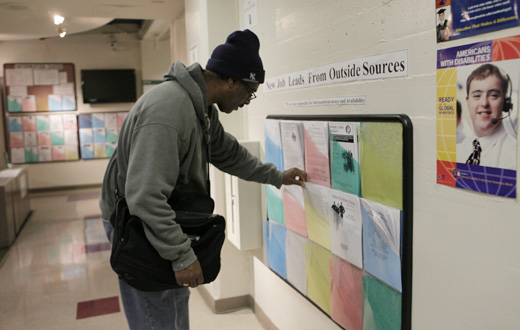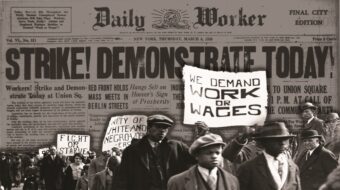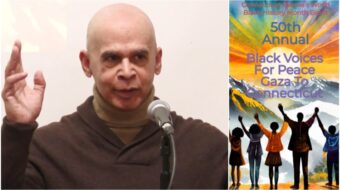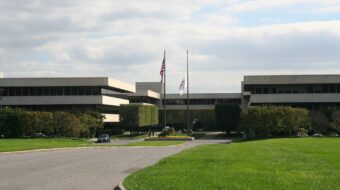
The nation’s unemployment rate declined 0.4 percent in December but only because unprecedented numbers have dropped out of the workforce altogether.
So many people have dropped out that only 64.3 percent of eligible people are in the labor force, “a stunning new low for a recession,” said Economic Policy Institute analyst Heidi Shierholz. One and a half million people left the labor force since December, 2009, according to the Bureau of Labor Statistics.
The official rate, which does not reflect the depth of the disaster, stands now at 9.4 percent.
If one accepts results of a separate survey that says businesses created 103,000 new jobs in December, that figure would not account for the 0.4 percent decline in the unemployment rate. The government says the decline in the rate happened only because 260,000 people left the civilian work force altogether in December.
“Incredibly, the U.S. labor force is now smaller than it was before the recession started, though it should have grown by over 4 million workers to keep up with working-age population growth over this period,” Shierholz said.
The number of officially unemployed in December was 14.485 million, 556,000 fewer than the month before and 727,000 fewer than in Dec. 2009, BLS added. But both figures are far higher than the jobless rate (4 percent) and the number of jobless (5.956 million) in Jan. 2001, before the first of the two crashes caused by the policies of former GOP President George Bush and his business backers.
For workers, the second and deeper crash is still going, and Federal Reserve Chairman Ben Bernanke told the Senate Banking Committee on Jan. 7 that it could take five years before joblessness again approaches normal levels.
“The bad news is that, three full years after the recession officially began, we are still near the bottom of a deep crater: The gap in the labor market remains on the order of 11 million jobs. December’s modest improvements were not enough to make much of a difference,” Shierholz said.
Factories gained 10,000 jobs in December, and the jobless rate in factories ended 2010 at 10 percent, down 1.9 percentage points from last December. There were 1.55 million jobless factory workers at the end of 2010, 200,000 fewer than in Dec. 2009.
Construction, however, continued to slide. It had a 20.7 percent jobless rate at the end of the year, with 1.75 million idled construction workers, the government said. That’s down from a 22.7% jobless rate, and 2.04 million unemployed construction workers at the end of the year before. But the number of jobless construction workers increased by 16,000 from November to December this year, most of them in civil engineering and building homes.
Low-paying industries, such as temps (+15,900) health care and social assistance (+37,100) and restaurants and hotels (+47,000), added jobs in December.
The number of long-term unemployed resumed its increase, with 44.3 percent now out more than 26 weeks, meaning they have exhausted their state unemployment benefits and now depend on federal benefits, if they can get them.
The old 111th Congress extended federal benefits through the end of 2011, but the price was Democratic acquiescence to extending the Bush tax cuts for the rich.
And, as has been the case for the entire Great Recession, a majority of the unemployed (51.7 percent) were on permanent layoff, the Labor Department said. That’s actually an improvement: In December 2009, the share of those on permanent layoff was 53.9 percent.
And the number of unemployed, underemployed and those who have become too discouraged and dropped out still was one of every six workers (16.7 percent) at the end of 2010, down slightly from 17.2 percent a year before.
Photo: Checking for job opportunities at the Metro North WorkSource Center in Los Angeles on Jan. 6. Damian Dovarganes/AP













Comments